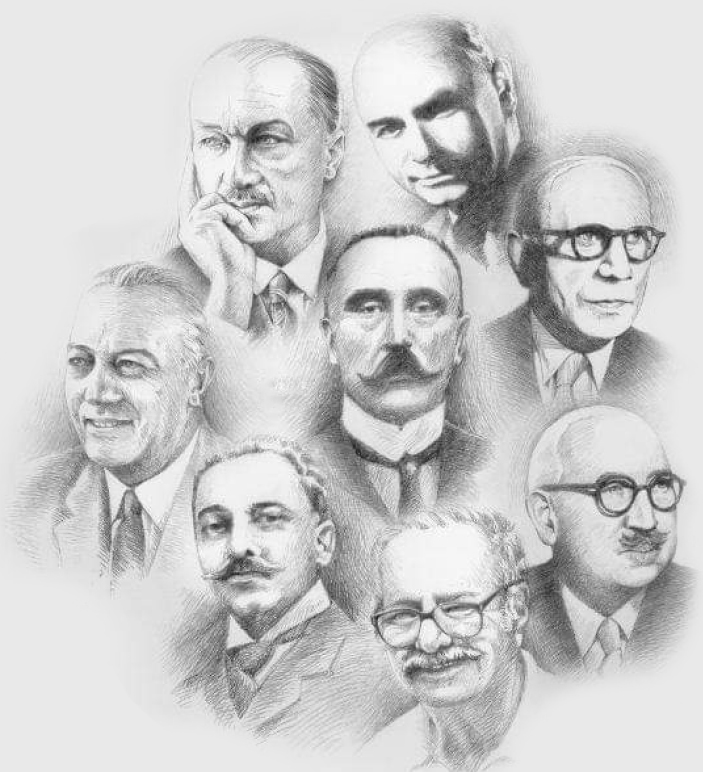1923-2023 An ongoing transformation: from our beginnings in a workshop to a global technology company

From the modest workshop just outside Paris, where it all began in 1923, to the global technology company we’ve become, we are celebrating 100 years of history, commitment and passion this year.
Christophe Périllat Valeo Chief Executive Officer

1923-1950 Valeo – a success story
with French roots
Under the leadership of automotive pioneer Eugène Buisson, Société Anonyme Française du Ferodo (SAFF), which began in a small workshop in the Paris region, produced the first friction materials made in France. SAFF became a major player in the automotive revolution at the start of the 20th century and was already dominating the market for the production of brake linings and clutches on the eve of World War II. By the early 1950s, it had built its workforce up to 2,500 employees.
focus
A fundamental invention
In 1897, British entrepreneur, Herbert Frood, founded the Ferodo brand, which specialized in brake linings, an essential element for automobile braking. He had the idea of creating these materials – which paved the way for the modern automobile – during a walk in the English countryside. While on his walk, he saw a heavily loaded cart coming towards him, and its driver used one of his shoes as a brake, sliding it between the wheel and the brake shoe. The impact was immediate and gave Herbert Frood the idea that would soon be so well used by Eugène Buisson in France.
Did you know?
A symbol of social status
The automobile was a marker of social status in the early 1950s, but only 21% of French households could afford one.


Marchal – spotlight on the 24 Hours of Le Mans
Pierre Marchal, the pioneer of electric lighting, was a lifelong supporter of motor racing. In 1961, his company celebrated its five millionth fog lamp, and the following year, the first Ferrari equipped with Marchal iodine headlights won the 24 Hours of Le Mans.

Two wiper
system pioneers
The very first manually operated windshield wiper was invented by a woman, Mary Anderson, in the United States in 1903. Another American woman, Charlotte Bridgwood, was responsible for its automation in 1917.
The birth of electric vehicles

The first electric vehicle in history was French – the Trouvé Tricycle invented in Paris in 1881. And in 1899, the “Jamais Contente” electric vehicle also made news when it broke a land speed record by becoming the first automobile to reach 100 km/h!
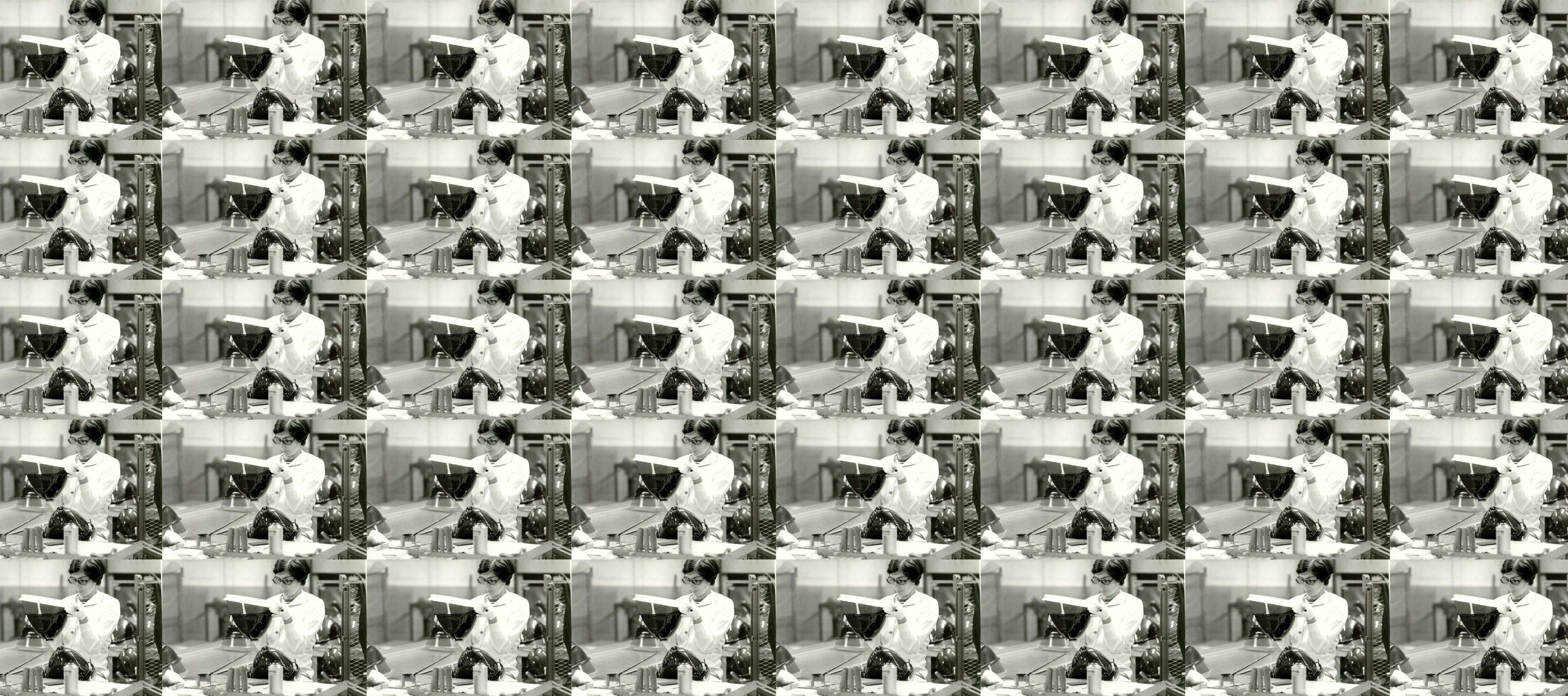
1950-1980 The revolution
is underway
The post-war boom was a highly dynamic period for both automakers and automotive suppliers. SAFF, which had 2,500 employees in the early 1950s, took advantage of this prosperous period to create numerous innovations and extend its business to cover all types of electrical equipment for vehicles such as spark plugs, alternators and starters, as well as ignition, lighting and wiper systems – a strategy that quickly paid off. Following numerous acquisitions and drawing on its almost monopolistic position in the French automotive brake and clutch equipment supply market, Ferodo embarked on a new challenge in the early 1960s: to expand internationally.
Focus
Cibié, a historic Valeo brand
Cibié’s reach was not limited to France. In South America, this iconic automotive brand became a household name in the design of car headlamps.
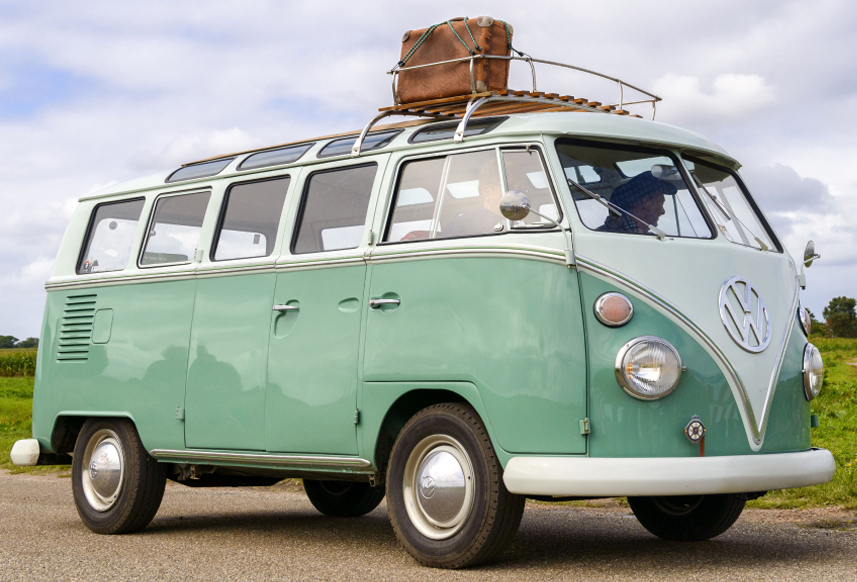
Did you know?
Volkswagen Type 2
On March 8, 1950, the Volkswagen Type 2 was launched by the German manufacturer, equipped with windshield wipers and a horn manufactured by Valeo. Very soon it was given the friendly nickname of "Bulldog" and became a pop culture icon. It still holds the record for the longest production run for a vehicle of this type.
Quiz
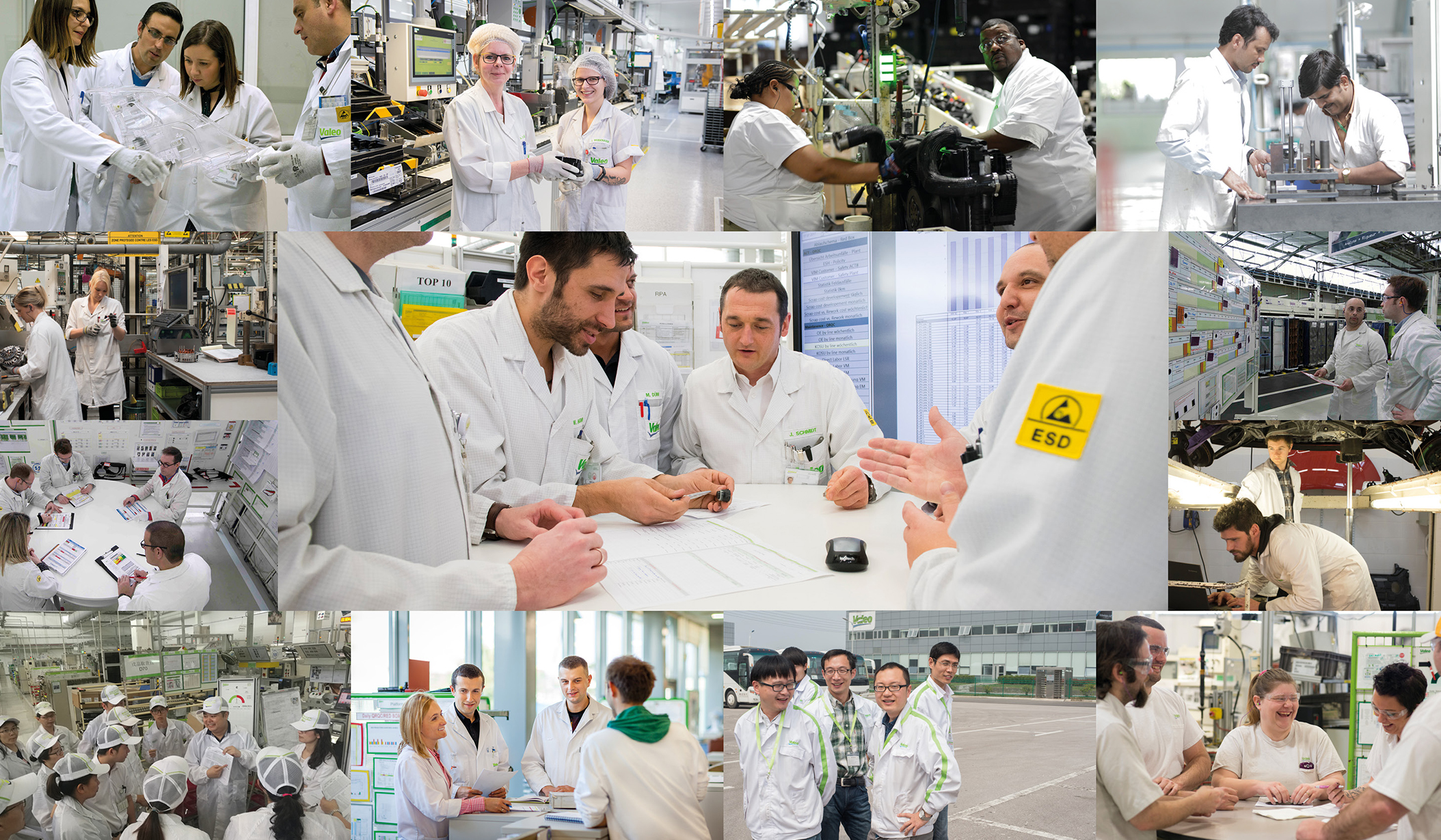
1980-2000 Valeo, a united brand
to conquer the world
“Ferodo is a trade name... Valeo is a cluster of brands, positioning Ferodo next to Cibié, Ferlam, Marchal, Paris-Rhône, Sime, Sofica, Verto, and others.”André Boisson Chairman of Valeo (1977-1987)
“Ferodo is a trade name... Valeo is a cluster of brands, positioning Ferodo next to Cibié, Ferlam, Marchal, Paris-Rhône, Sime, Sofica, Verto, and others.”André Boisson Chairman of Valeo (1977-1987)
As the 1980s began, SAFF’s reach had become global. The company founded by Eugène Buisson in 1923 had an operating presence in 15 countries through more than 70 companies. The question then arose of bringing together the entity’s various businesses under a single brand. At its Annual Shareholders’ Meeting on May 28, 1980, the company adopted the name Valeo. From its first foray into the Spanish market to its rise to prominence in Asia in the 2000s, Valeo gradually established itself internationally as a leader in a fast-changing automotive market.
Focus
1991, the year of the
24 Hours of Le Mans victory
Since its creation, the 24 Hours of Le Mans has been a testing ground for Valeo. Marchal and Cibié participated as sponsors and partners of the best teams in the race and Valeo has equipped seven of the winning cars.
Did you know?

Valeo’s (Latin) roots
Valeo, which means “I am well” in Latin, was originally the name of the SAFF group’s Italian subsidiary.

Ducellier, starting
out at a gallop!
The beginnings of the Ducellier company (alternators, starters, headlights and ignition systems) date back to 1830. At that time it equipped horse-drawn carriages with candle lanterns. 1911 then saw the creation of Phares Ducellier and the appearance of the first electric headlamps.

Neiman, a
key innovator
Abram Neiman, founder of the eponymous group, was the inventor of the Neiman anti-theft device in 1931. He made his fortune thanks to the Neiman key, the system that allows a vehicle to be started by inserting a key into the dashboard.
The creation of
Park Assist
In the early 1990s, Valeo took its systems innovation a step further by developing the first parking assistance system, using ultrasonic sensors.



2000-2023 From automotive supplier to
global mobility player
“Over the next decade, our growth driver will be the reduction of CO2 emissions.”Jacques Aschenbroich, then Chairman and Chief Executive Officer of Valeo, March 10, 2010
“Over the next decade, our growth driver will be the reduction of CO2 emissions.”Jacques Aschenbroich, then Chairman and Chief Executive Officer of Valeo, March 10, 2010
Valeo accelerated its international development and, drawing on its unique innovation capacity, focused on developing technologies for cleaner, safer and smarter mobility. Thanks to its context-relevant technologies, it was able to extend its equipment supplies beyond cars to new types of vehicles, both for electric micromobility (bikes, scooters, three-wheelers) and new forms of mobility (autonomous shuttles, delivery droids), becoming an increasingly global player in mobility.





Did you know?
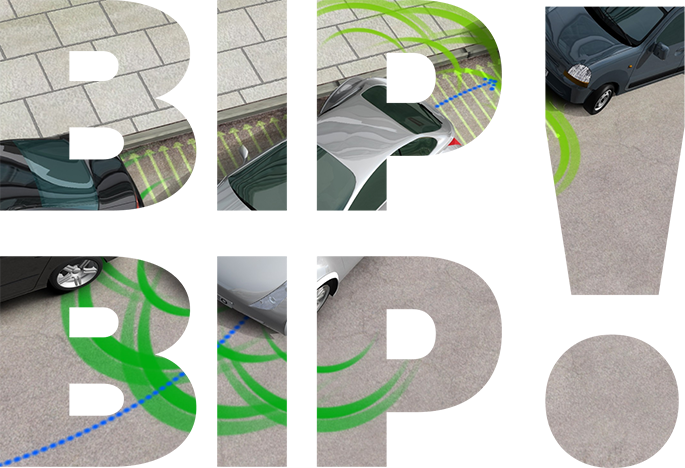
The now famous reverse beeper was developed by Valeo in 1991. BMW was the first automaker to adopt this parking assistance system, which signals the presence of an obstacle to a driver when reversing by emitting an increasingly loud alert as the driver approaches it.
Today Valeo is accelerating for
the mobility of tomorrow
At the start of 2022, the Valeo Group launched its Move Up plan spearheaded by Christophe Périllat. This strategic plan – which covers the period from 2022 to 2025 – is part of a long-term vision for cleaner and safer mobility.
Mobility is becoming both electric and autonomous. At a time when the automotive industry is undergoing the greatest transformation in its history, you can count on the determination, commitment and innovation capacity of Valeo’s teams to reinvent mobility.
Christophe Périllat, Valeo’s Chief Executive Officer
To sustain its growth in the coming years, Valeo intends to rely on the four key trends of tomorrow’s automotive industry, namely the widespread use of electric vehicles, the rapid development of advanced driver assistance systems (ADAS), the reinvention of the interior experience, and lighting everywhere.
Find our history
in bookstores
De l’automobile aux nouvelles mobilités - Un siècle de révolutions Valeo
Bénédicte Jourgeaud - Le Cherche Midi

